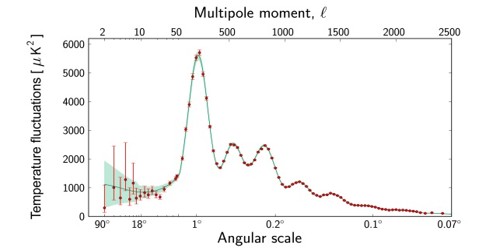Planck temperature, denoted by TP, is the unit of temperature in the system of natural units known as Planck units. In the Planck temperature scale, 0 is absolute zero, 1 is the Planck temperature, and every other temperature is a decimal of it. The Planck temperature is thought to be the upper limit of temperature. This maximum temperature is believed to be 1.416833(85) x 1032 Kelvin degrees, and at temperatures above it, the laws of physics just cease to exist. The Planck temperature can be defined using fundamental physical constants.
It serves as the defining unit of the Planck temperature scale. In this scale, the magnitude of the Planck temperature is equal to 1, while that of absolute zero is 0. Other temperatures can be converted to Planck temperature units. For example, 0 °C = 273.15 K = 1.9279×10−30 TP. denoted by Tp, is the unit of temperature in the system of natural units known as Planck units. If you try to put more energy into the system, you would get larger black holes, which are cooler, and they would start absorbing stuff and cooling things down. The Planck Temperature is, as some describe it ‘absolute hot’, as a sort of counter-point to absolute zero, which is at -273.15 degrees Celcius, or zero degrees Kelvin. In this scale, the magnitude of the Planck temperature is equal to 1, while that of absolute zero is 0. Gravity is one of the fundamental forces of the universe, together with the weak nuclear force, the strong nuclear force and electromagnetism.
At absolute zero, particles no longer move. That’s the definition, that’s how we define the absolute zero. The Planck Temperature is still purely theoretical. In SI units, the Planck temperature is about 1.417×1032 kelvin (equivalently, degrees Celsius, since the difference is trivially small at this scale), or 2.55×1032 degrees Fahrenheit or Rankine. In SI units, measurements of temperature are made in degrees Kelvin (usually given the symbol K).
















